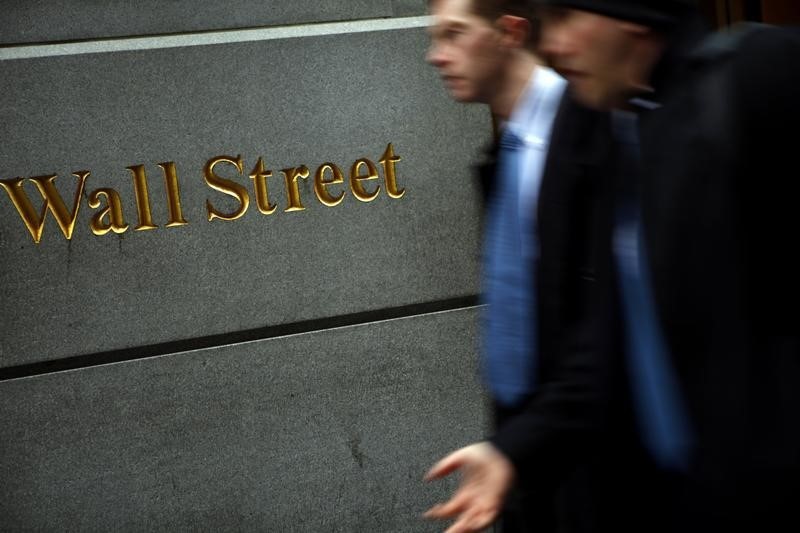* Wall St indexes still experiencing big swings
* Nikkei ends down 4.7 pct, European shares down 2.5 pct
* Oil and industrial metals fall
By Caroline Valetkevitch
NEW YORK, Feb 6 (Reuters) - U.S. stocks reversed course again to trade more than 1 percent higher by late afternoon Tuesday, a day after the Dow and S&P 500 indexes saw their biggest one-day declines in more than six years, while a world stock index remained lower.
An index of Latin American shares was also up about 1 percent. European shares closed down more than 2 percent, and losses for the MSCI 47-country world index broke $4 trillion.
Stocks on Wall Street have swung wildly between positive and negative through the session. The Dow had a more than 1,000-point difference between its intraday high and low.
"I wouldn't be very surprised if we weren't seeing intraday volatility last for the next two to three weeks. That being said, it is not a time to panic," said JJ Kinahan, chief market strategist at TD Ameritrade in Chicago.
The selloff in stocks that began last week has been built on concerns over higher interest rates and lofty valuations.
Some strategists view it as a healthy pullback after a rapid run-up in the start of the year and strong 2017 gains, and say the improving economic outlook is a positive for stocks overall.
The Cboe Volatility Index, known as the VIX .VIX and the most widely followed barometer of expected near-term volatility for the S&P 500 .SPX , also hovered between positive and negative territory, a day after it hit its highest level since 2015. It was last down 21 percent at 29.43. The move was a break from many months of relative calmness and left market participants grappling with the implosion of products that bet against volatility. blue-chip Dow Jones Industrials index on Monday slumped briefly by more than 10 percent from its Jan. 26 record high.
Economically sensitive S&P materials, technology and consumer discretionary indexes advanced, while the rest sagged, led by a decline in rate-sensitive utilities .SPLRCU , down 1.6 percent.
The Dow Jones Industrial Average .DJI rose 349.46 points, or 1.44 percent, to 24,695.21, the S&P 500 .SPX gained 26.12 points, or 0.99 percent, to 2,675.06 and the Nasdaq Composite .IXIC added 92.51 points, or 1.33 percent, to 7,060.04.
The pan-European FTSEurofirst 300 index .FTEU3 lost 2.50 percent and MSCI's gauge of stocks across the globe .MIWD00000PUS shed 0.72 percent.
Emerging market stocks .MSCIEF lost 2.42 percent. An index of Latin American stocks .MILA00000PUS was up 1.1 percent.
Earlier, Taiwan's main index .TWII lost 5.0 percent, its biggest slump since 2011, Hong Kong's Hang Seng Index .HSI dropped 5.1 percent and Japan's Nikkei .N225 dived 4.7 percent, its worst fall since November 2016, to four-month lows.
U.S. Treasury prices gained as volatile equity markets led investors to seek out lower-risk bonds, though many investors remained nervous after a week-long bond rout sent yields on Monday to four-year highs.
Benchmark 10-year notes US10YT=RR last rose 3/32 in price to yield 2.7828 percent, from 2.794 percent late on Monday.
The original trigger for the equities sell-off was a sharp rise in U.S. bond yields late last week after data showed U.S. wages increasing at the fastest pace since 2009. That raised the alarm about higher inflation and, with it, potentially higher interest rates. rates started moving, that kind of exposed some of these levered short VIX sales. A very crowded trade, it just took a while to unwind that," said John Lynch, Chief Investment Strategist at LPL Financial in Charlotte, North Carolina.
Commodities remained gloomy, with oil and industrial metals all falling as the year's stellar start for risk assets rapidly soured.
U.S. crude CLcv1 fell 1.2 percent to settle at $63.39 a barrel while Brent LCOcv1 dropped 1.1 percent to settle at $66.86.
Copper CMCU3 lost 1.30 percent to $7,075.85 a tonne.
The dollar rose to its highest in more than a week against a basket of currencies as traders piled back into the greenback amid the rout in stocks. dollar index .DXY last rose 0.13 percent, with the euro EUR= up 0.11 percent to $1.2380.
<^^^^^^^^^^^^^^^^^^^^^^^^^^^^^^^^^^^^^^^^^^^^^^^^^^^^^^^^^^^ MSCI/Nikkei chart
http://reut.rs/2sSBRiD Global equities sell-off: $4 trillion wiped off
http://reut.rs/2BdIi6z Why higher wages are whacking global stock markets
Tipping point - interactive graphic
http://tmsnrt.rs/2EBSYeO Global market sell-off in February
http://reut.rs/2BahEeN
^^^^^^^^^^^^^^^^^^^^^^^^^^^^^^^^^^^^^^^^^^^^^^^^^^^^^^^^^^^>
